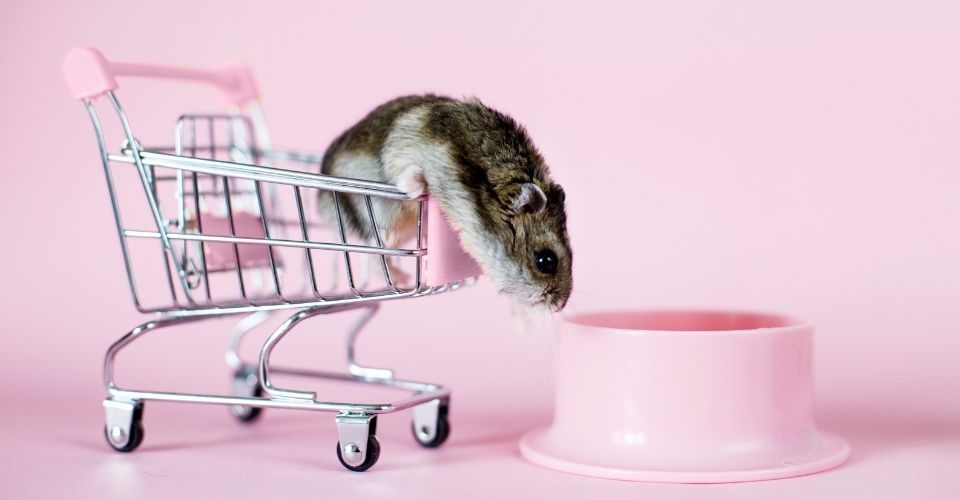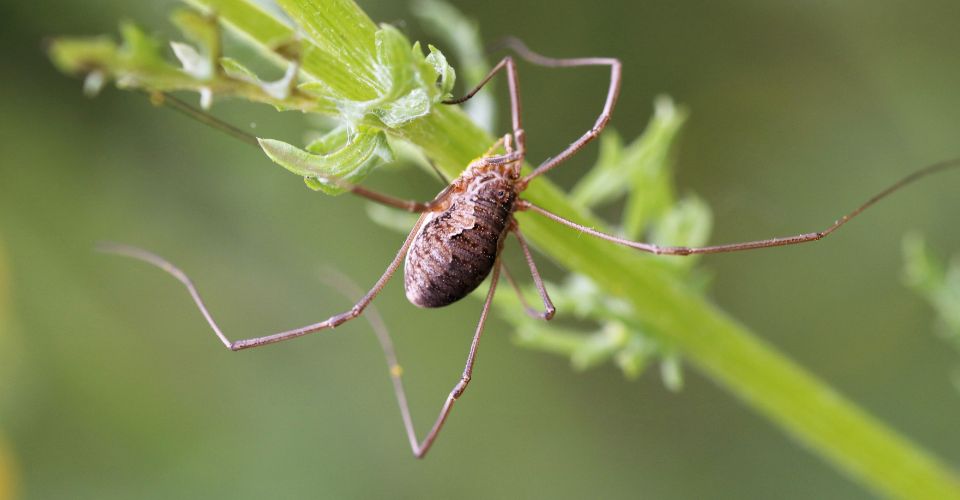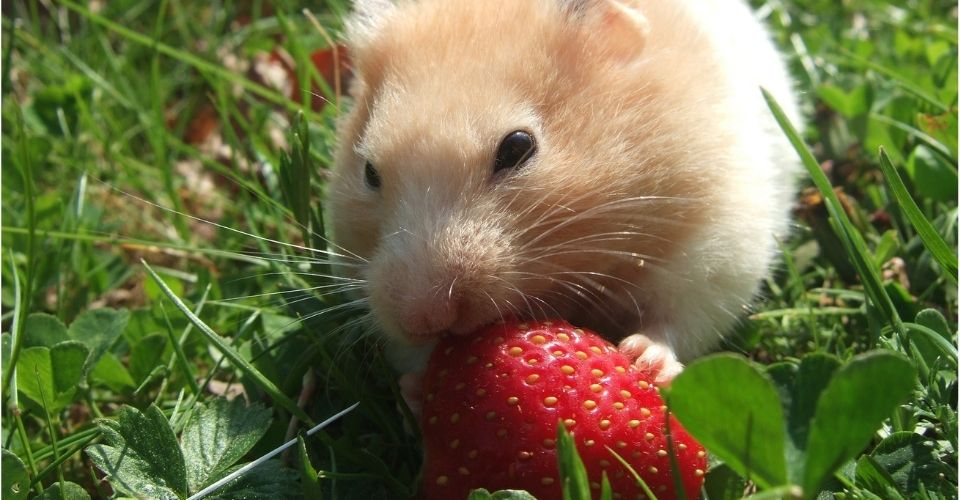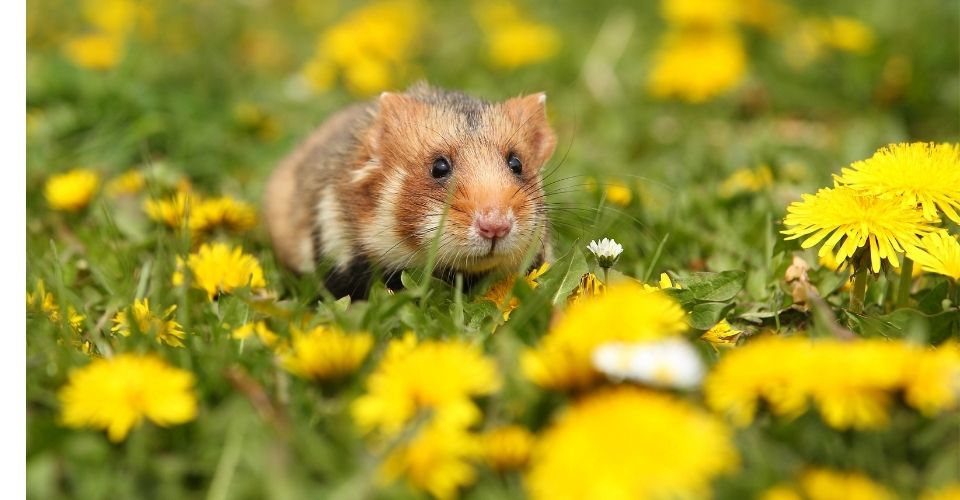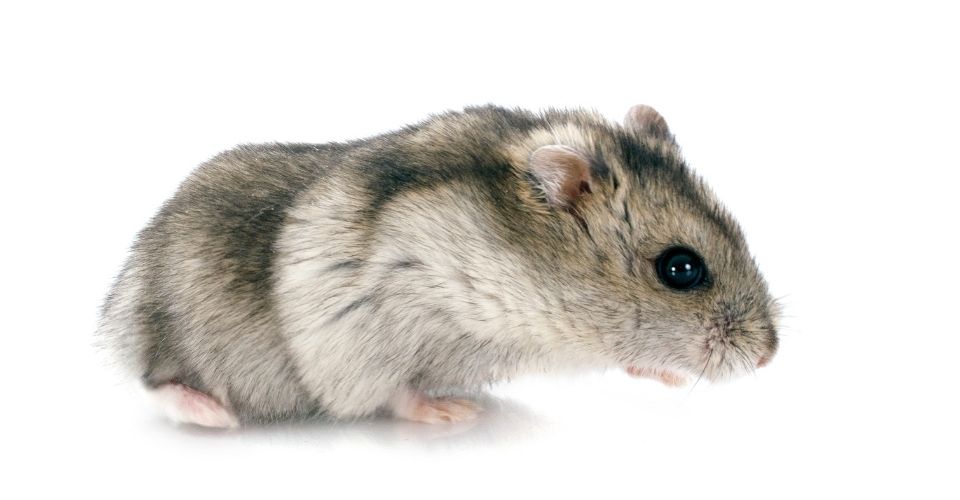Hamsters and cats are a treat to have for animal enthusiasts. But, if you’re one of those who owns a hamster and a cat together, you might have certain concerns about their diet.
To be precise, you might be thinking about sharing your cat’s food with your hamster—and vice versa. But is it a good and safe option? Can hamsters eat cat food?
Can Hamsters Eat Cat Food?
A concise answer is, no, hamsters cannot eat cat food. While there are no prominent drawbacks of feeding a moderate amount of cat food to your hamster, it must not be replaced with the original hamsters’ food. And rightly so—hamsters need different nutrients in their diet than cats.
Why Can Hamsters Not Eat Cat Food?
Cat food is specially designed for consumption by cats only. As cats are obligate carnivores, their diet consists of all the essential nutrients from animal products; hence cat food is specially extracted from animals—either organically or is designed synthetically to fulfill cats’ dietary requirements.
On the other hand, hamsters can digest some animals’ food products. But their dietary requirements are comparatively lower than other animals—they require a minimum amount of animal fats and proteins. Therefore, if you overfeed your hamster with nutrients found in cat food, it would only cause digestive issues and other health complications.
Similarly, cat food contains 8 – 10 percent of moisture—made from the process of extrusion done using heat and pressure. The moisture is considered unhealthy and unnecessary for hamsters.
We highly advise hamster owners to avoid replacing hamsters’ food with cat food on a permanent basis. However, in any case of emergency, you can feed a moderate amount of cat food to your hamster—but it should not be practiced habitually for reasons discussed above.
The Ideal Hamster Diet
As mentioned earlier, you must not replace your hamster’s food with cat food. Moderate kibbles 2 – 3 times a week would suffice in cases of emergency. However, there are several other easily available and safe alternates to cat food that you can feed your hamster without risking its health. Before we dig further into this, let’s get a brief overview of the diet requirements of hamsters.
Hamsters are tiny creatures. A chunk of apple or lettuce might be very minuscule for you, but it is a full hamster meal. Keep in mind that hamsters are omnivores, which means they can eat grains, fruits, and vegetables and occasionally munch on meat.
Beneficial Fruits For Hamsters
As previously stated, hamsters can eat a variety of fruits that are beneficial for their health. We recommend the most common and easily available fruits you can opt for instead of feeding cat food to your little guy. However, keep in mind that you must remove the seeds (if any) from the fruits before giving them to the hamster.
Some fruits that hamsters can eat are bananas, apples, strawberries, grapes, watermelons, etc.
Beneficial Vegetables for Hamsters
Apart from fruits, hamsters love greens as well. There are various options available to feed hamsters if you want to add a healthy treat for your pet. Vegetables are full of vitamins and antioxidants. However, avoid feeding icebergs to hamsters as it may cause diarrhea because of the excessive amount of water in it. Some vegetable hamsters can safely eat are spinach, lettuce, cucumbers, carrots, celery, cherry tomatoes, etc.
Pellets For Hamsters
It is no hidden fact that hamsters require a pelleted diet as well. It is necessary to maintain a balanced diet. Hamsters are finicky animals; if you give it a bowl of loose seeds, it may eat only its favorites. Pelleted mixes keep that choosy behavior at bay. However, some hamsters may choose not to eat pellets for an extended time as they may become monotonous. We have compiled a list of Pellet food you can opt for.
Let’s check out!
1: Supreme Petfoods Science Selective Hamster Foods
| Rich in natural ingredients | No added sugars | Helps support digestive wellbeing | Packed with wholegrain goodness | Suitable for all breeds |
2: Kaytee Forti Diet Pro Health
| Prebiotics and Probiotics to support digestive health | Nutritionally Balanced | Rich in natural antioxidants | Chewable | Suitable for all breeds |
3: Kaytee Fiesta Hamster and Gerbil Food
| Shapes and Textures support dental health | Prebiotics and Probiotics | Rich in natural antioxidants | Assorted fruits and vegetables | Suitable for hamsters and gerbils |
Protein-Rich Food
If you are willing to increase your hamster’s protein intake, there are a variety of options easily available at homes and grocery stores. These options are safer and more beneficial than cat food.
- Boiled or scrambled egg
- Boiled Chicken
- Cottage cheese
What Not to Feed Your Hamster
As we have thoroughly discussed the best alternatives to cat food that you can feed your hamster, let’s get an overview of other food items that you should avoid including in your pet’s diet.
Caffeine, chocolates, and alcohol are undoubtedly unhealthy for all animals—including hamsters. Therefore, it is highly advised to avoid food containing any of the mentioned ingredients for the safety of your hamster and other pets.
Similarly, when feeding chicken or meat to your hamster, make sure it is perfectly cooked, as raw meat and chicken may contain harmful bacterias. You should avoid onions, tomatoes, garlic, peanuts, potatoes, and raw beans as well.
Conclusion
Hamsters are picky creatures, but that does not mean feeding them is hard. As mentioned earlier, there are various options you can choose to feed your hamster instead of cat food. These options are not only healthy and beneficial but are also easily available in homes and grocery stores. Keep in mind that it is better to be safe than sorry.

